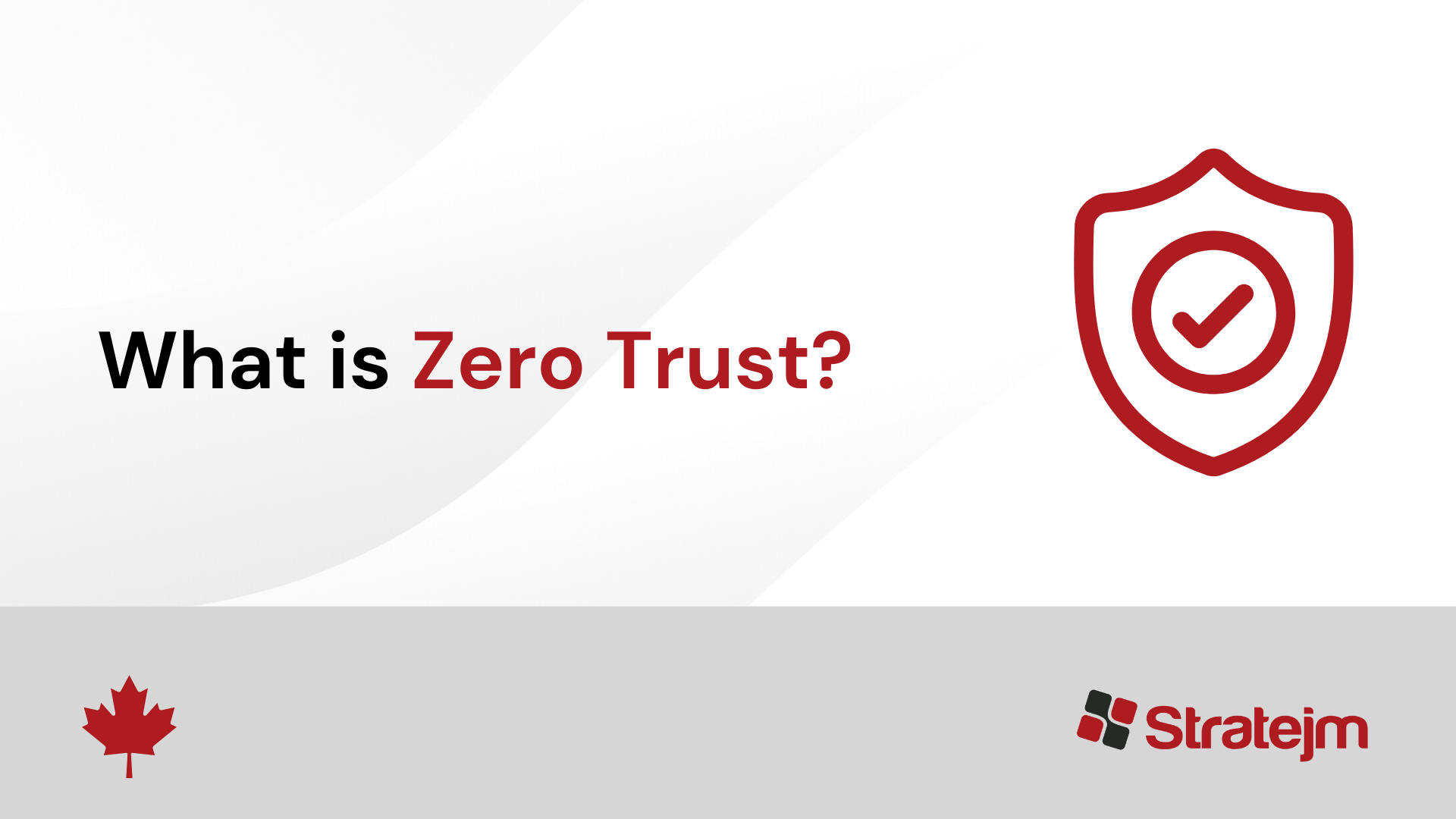
What is Zero Trust?
In the past, cybersecurity strategy has relied on the idea of a network perimeter in order to protect valuable data and critical assets.
These would involve tools you are probably familiar with – think Firewalls and VPNs, which would be used to inspect and validate network traffic going in and out of the private network.
However, digital transformation and the move to remote workers are forcing companies to rethink the way they do business. It has become clear that the current security strategy involving network perimeter is no longer sufficient.
Internal users are now accessing more cloud services from more places than ever. With this in mind, users and devices need to be able to access critical data both securely and efficiently.
As a result, the zero-trust model was created to address the needs of this new data-driven cloud environment. In theory, it should provide adaptive and continuous verification, protection for users, devices, data and assets. Simply put, zero-trust network access seeks to wrap security around every user, device and connection for any given transaction.
Interested in finding out more? Read on for a quick guide on Zero Trust strategy:
Zero Trust Security Model
Fun fact – The Zero Trust Network model was first created in 2010 by John Kindervag, a researcher at Forrester.
Since then, the zero-trust model is becoming increasingly implemented throughout enterprises as the pressure to protect data and systems grows significantly throughout the COVID-19 pandemic.
The most important thing to know about Zero Trust is that it is not an individual product or tool – rather, it is a framework based on maintaining strict access controls and not trusting anyone by default.
This idea is a key principle in the Zero Trust Framework known as least-privileged access, which assumes that no user or application should be inherently trusted.
Everything is assumed to be hostile and only establishes trust based on user identity, context, security posture, and application being requested.
The Zero Trust Model relies on existing technologies and governance processes to accomplish its mission of securing the enterprise environment. Some examples you might know include:
- Multi-Factor Authentication
- Identity and Access Management (IAM)
- Secure Web Gateway (SWG)
- Orchestration
How the Zero Trust Security Model Works
The Zero Trust Architecture is a broad security strategy that promises to provide comprehensive protection of an organization’s critical assets.
While individual zero-trust security strategies will vary based on the organization’s network environment, any zero-trust network should:
- Log and inspect all network traffic
- Limit, control and verify user access & identity
- Verify, access and secure all network resources
How Zero Trust Secures the Modern Workplace
Zero Trust at its core is rather simple – it simply assumes that everything is hostile. For example, unless a set of attributes has identified workloads, they are untrusted and blocked from communicating.
This results in stronger security that travels with the workload wherever it communicates. Protection is environment agnostic, meaning applications and services are still secured even across network environments.
Getting Started with Zero Trust
Many organizations already have pieces of Zero Trust in place – tools like Multi-Factor Authentication and Identity and Access Management (IAM) are all pieces that aid in implementing micro-segmentation in parts of the environment.
However, Zero Trust isn’t just about implementing specific technologies – it is about enforcing the idea that no one has access until they have proven they can be trusted.
Keep these things in mind when implementing a Zero Trust framework:
- Terminate Every Connection: Many technologies use a “passthrough” approach that inspects files when they are received. In contrast, Zero Trust terminates every connection so that it can hold and inspect files BEFORE they reach the endpoint. It should also operate inline and inspect all incoming traffic.
- Protect data Using Granular Policies Based on Context: Zero Trust should apply user identity and device posture along with granular business policies when verifying users. These policies should be adaptive, meaning that the context should change and user privileges be continually reassessed.
- Eliminate the Attack Surface: Zero Trust should enable one-to-one connections that eliminate the risk of lateral movement. In simple terms, it should prevent a compromised device from infecting other network resources.
Comprehensive Zero Trust Implementation
Unfortunately, Zero Trust is a journey that is unique to every organization and can be complex for some.
The best way to ensure a comprehensive Zero Trust implementation is by partnering with a reputable cybersecurity company that can provide their resources to get you started.
Stratejm is an all-Canadian Cybersecurity Company specializing in comprehensive end-to-end enterprise security.
We’ve helped companies of all shapes and sizes as they make their journey towards Zero Trust.
Contact us today to find out more about how we can help.

